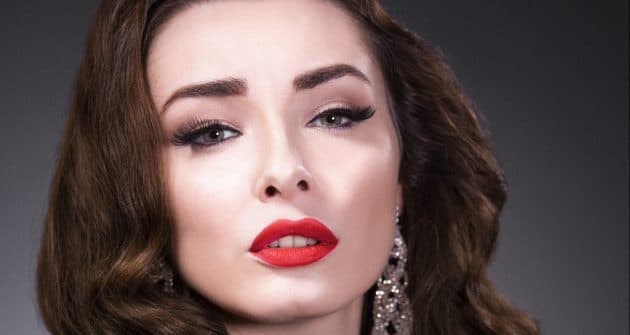This week’s issue of Amateur Photographer is a Portrait Special (19 May) and we’ve got lots of tips for honing your portrait skills. From the best lenses and accessories to use, to posing, lighting and editing techniques, we have something to suit all genres. To give you a taste of what’s in store, here’s the behind-the-scenes video of how James Paterson used Rotolight’s powerful LED lighting kit to create six classic lighting set-ups including: Rembrandt, Rembrandt with fill, Loop, Butterfly, Split and Back lighting.
https://link.brightcove.com/services/player/?bctid=5783790106001
One of the most obvious, and useful, benefits of using LED lighting is their ‘what-you-see-is-what-you-get’ quality. For portraits, this gives us a definite advantage. It means we can be very precise with the lighting – making fine adjustments until it hits our subject at the correct angle, height and distance, with the right spread and colour. We can see exactly what we’re going to get before we press the shutter button. A set of LED lights like the Rotolights we used for our portrait shoot here are ideal. We used two Rotolight AEOS lights, and two of the smaller NEOs (although not every light was used for every photograph you see).

Copyright: James Paterson
Six classic lighting set-ups you need to know
Rembrandt lighting
Named after the Dutch master, the aim with this technique is to create a triangular patch of light on one cheek, cast by the shadow of the nose. Ideally, the point of the triangle should aim towards the corner of the mouth. In this single-light set-up, we positioned the Rotolight AEOS above and to the left for this look.
Rembrandt with fill
Once our key light is positioned for Rembrandt lighting, we can build on the set-up to fill in the shadows with a fill light: a second AEOS positioned to the right of the camera and extra lights to pick out other details. Two NEO 2 lights are placed behind the subject: one angled on the hair and the other on the backdrop.
Loop lighting
With Loop lighting the angle of our AEOS is similar to the Rembrandt set-up, but this time the aim is to create a small circular shadow – or loop – underneath the nose to one side. For this, we focus the AEOS slightly straighter on.
Butterfly/Clamshell lighting
This set-up is named after the shape of the shadow that is cast by the nose which, at the correct angle, looks like a butterfly. We position the light directly above the face angled downwards at 45°, with either a reflector or second light (set at a lower power) positioned opposite below the chin.
Split lighting
The key light is moved directly to the side, which creates a stark shadow on the opposite side of the face. To enhance the split lighting, a second light is directed towards the right half of the backdrop. This will make the shadow side of the face stands out, contrasting with the left-to-right light falling on the subject.
Back lighting
A single AEOS is positioned behind the subject to one side, lifting the very edge of the face and body. It works best with a side-on pose. Lighting the side of the face that is pointed away from the camera like this is sometimes called ‘Short’ lighting – as opposed to ‘Broad’ lighting, in which the near side is lit.
To read the full feature, see in-depth lighting diagrams and image examples, get your hands on the latest issue (19 May) – on sale Tuesday 15th May, 2018. If you miss it in the shops, click here to buy a copy online.
Credits
Photography: James Paterson, www.patersonphotos.com
Model: Valis Volkova, www.volkova.rocks
Camera and lens: Nikon D850 and Nikon AF-S 70-200mm f/2.8 VR II
Lighting: Rotolight AEOS and NEO2 lights







